The timeless tale of The Lion King has long been celebrated as a masterpiece of animated storytelling, but beneath its vibrant visuals and unforgettable music lies a narrative deeply rooted in the traditions of classical theater. Drawing parallels to Shakespearean tragedy, particularly Hamlet, the story of Simba’s exile and return transforms the African savannah into a stage where themes of power, betrayal, and redemption unfold with the grandeur of an Elizabethan drama.
From the opening chant of "The Circle of Life" to the climactic battle for Pride Rock, The Lion King mirrors the structural and thematic elements of Shakespeare’s works. The murder of Mufasa, orchestrated by his treacherous brother Scar, echoes the fratricidal plot of Claudius in Hamlet. Simba’s subsequent guilt and self-imposed exile reflect the prince of Denmark’s own struggles with duty and identity. Even the comic relief provided by Timon and Pumbaa finds its counterpart in Shakespeare’s fools, offering wisdom disguised as levity.
The savannah itself becomes a character in this drama, much like the forests of Arden or the cliffs of Dover in Shakespeare’s plays. The vast, unforgiving landscape shapes the characters’ journeys, serving as both a refuge and a testing ground. Rafiki, the wise mandrill, embodies the role of the Shakespearean sage—part Friar Laurence, part Prospero—guiding Simba toward his destiny with cryptic yet profound advice. The hyenas, with their chaotic energy, recall the witches of Macbeth, whispering promises of power to those who would seize it at any cost.
What elevates The Lion King beyond a mere adaptation is its ability to translate these classical themes into a universally accessible story. The film’s emotional core—Simba’s reconciliation with his past and acceptance of his role as king—resonates with audiences of all ages, much like Shakespeare’s tragedies transcend their historical context. The moment Simba ascends Pride Rock, silhouetted against the rising sun, is as visually and emotionally potent as any of the Bard’s climactic soliloquies.
Yet, the Shakespearean influence doesn’t end with Hamlet. Elements of Henry IV can be seen in Simba’s carefree years with Timon and Pumbaa, a halcyon interlude reminiscent of Prince Hal’s escapades with Falstaff. The reconciliation between Simba and Nala carries echoes of Much Ado About Nothing, where love and misunderstanding intertwine before giving way to resolution. Even Scar’s downfall, marked by his own hubris and the betrayal of his allies, is a classic Shakespearean trope, seen in villains from Iago to Richard III.
The musical adaptations of The Lion King have further emphasized its theatrical roots. The Broadway production, with its elaborate puppetry and African-inspired choreography, brings the savannah to life in a way that feels both ancient and innovative. The actors’ performances, infused with the gravitas of stage drama, heighten the Shakespearean undertones, making the parallels even more palpable. Songs like "Shadowland" and "Endless Night" serve as lyrical soliloquies, giving voice to the characters’ inner turmoil in a manner that would feel at home in a Shakespearean play.
Ultimately, The Lion King succeeds not just as a beloved children’s story but as a modern myth that channels the timeless power of Shakespearean drama. Its themes of legacy, responsibility, and the cyclical nature of life are as relevant today as they were in the Bard’s time. By setting these age-old questions against the backdrop of the African wilderness, the film creates a narrative that is both intimate and epic—a true Shakespearean tale for a new generation.
As audiences continue to revisit Pride Rock, whether through the original film, its sequels, or the stage production, they are participating in a tradition as old as storytelling itself. The Lion King reminds us that the struggles of kings and princes, of fathers and sons, are not confined to the pages of history or the stages of London. They play out wherever there are hearts to feel them—even on the sunbaked plains of the savannah.

By /Jul 24, 2025

By /Jul 24, 2025

By /Jul 24, 2025

By /Jul 24, 2025
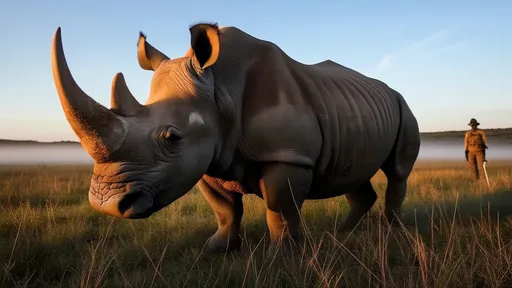
By /Jul 24, 2025

By /Jul 24, 2025

By /Jul 24, 2025
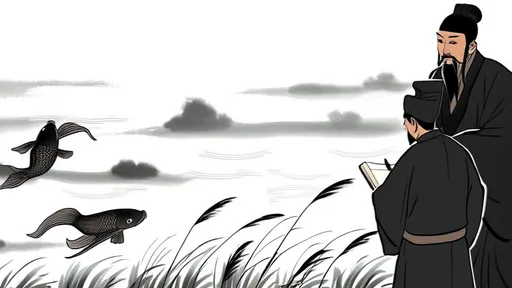
By /Jul 24, 2025
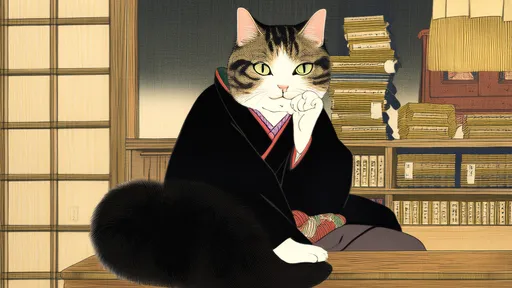
By /Jul 24, 2025

By /Jul 24, 2025
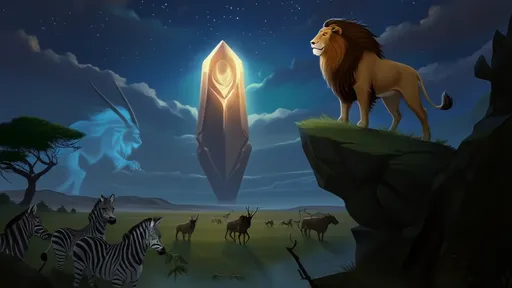
By /Jul 24, 2025
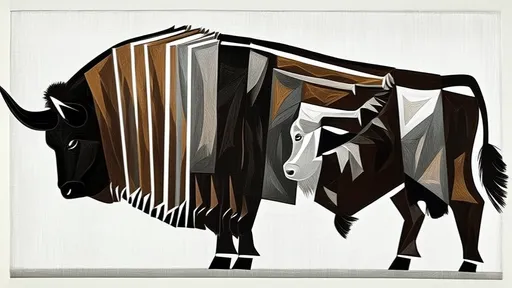
By /Jul 24, 2025
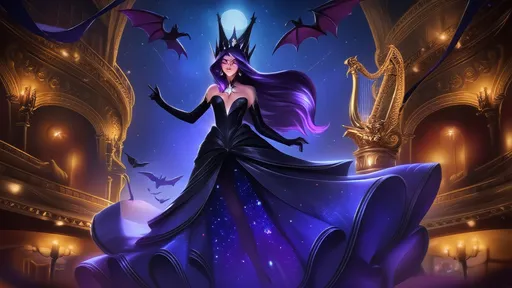
By /Jul 24, 2025

By /Jul 24, 2025
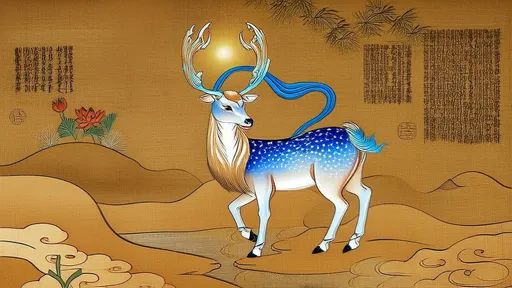
By /Jul 24, 2025
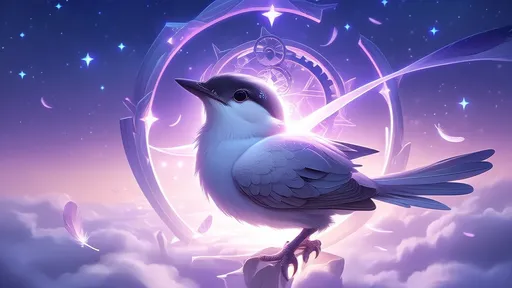
By /Jul 24, 2025
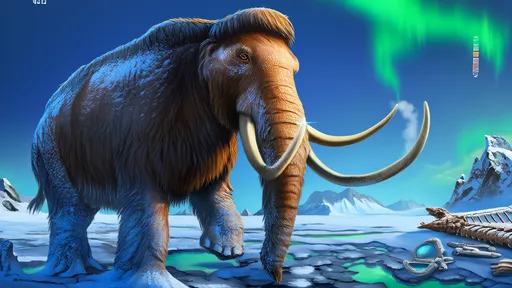
By /Jul 24, 2025

By /Jul 24, 2025